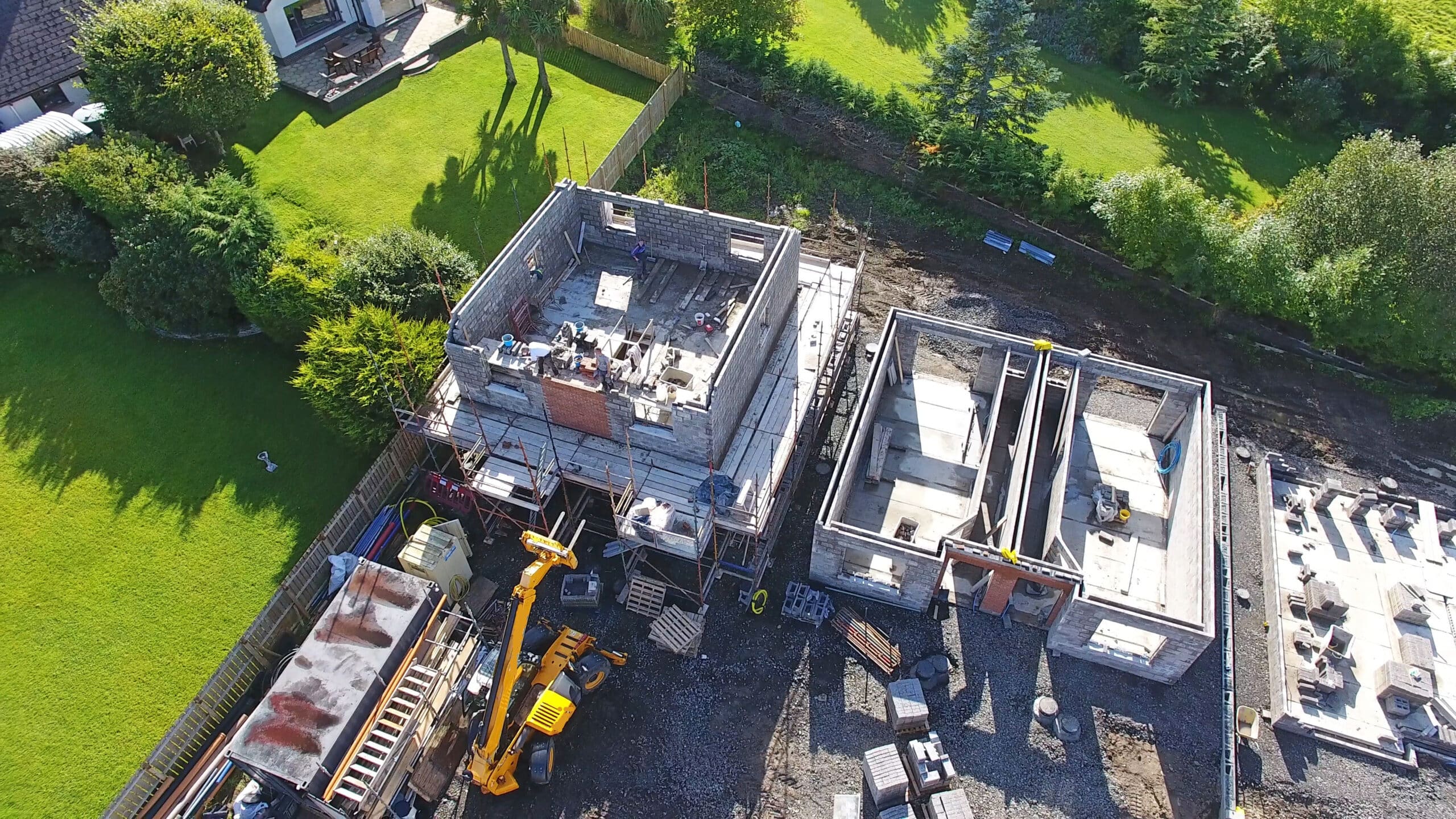The backbone of sustainable construction
A sustainable industry promotes prosperity and human well-being whilst protecting the planet. The aggregates and concrete industry produces key building materials fundamental to the construction of Ireland’s built environment; enabling our homes, schools, hospitals, offices, industrial, sports & cultural facilities, farming infrastructure, transport infrastructure, water and electricity supply. Its products are strong, durable, flexible, affordable and perform well acoustically and in fire. The industry also manufactures products for other economic sectors such as agri-lime for low carbon soil conditioning and silica for glass-making. Aggregates and concrete will continue to be vital for Irish society’s decarbonisation and climate mitigation efforts and will be used in the construction of renewable energy facilities, electrification infrastructure and flood defences.
The sector is vitally important for the strengthening of local economies and delivering a stable, continuous source of jobs and economic activity. The industry directly employs over 6,000 people at over 500 locations right across the country. Money and investment in aggregates, concrete and the concrete industry is pumped back into the local economy. Its key components are sourced in Ireland – aggregates, water and cement – and typically it supplies its products on a relatively local scale. This also means that it is closely interconnected with its local communities which forms its customers and its neighbours. Some key statistics about the industry can be found here.
Everything society produces has an environmental impact. Per unit of use, aggregates and concrete are the same or lower than other construction materials but given their scale of use the industry is intensely focused on environmental sustainability. This includes water, waste, biodiversity and climate change. This industry has embedded sustainability practices in all facets of its operations. The industry is working hard to understand & reduce the environmental impact of every cubic metre produced. The industry intends to be transparent and embrace the numbers as part of this process. Find out more here.

